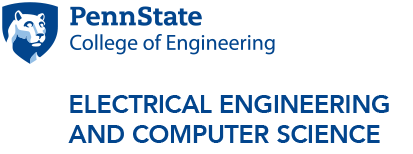Radar Remote Sensing: tracking free electrons, meteors, bees
Abstract: EM theory has allowed engineers and scientists to create and develop an array of applications through the discovery of many fundamental aspects of nature. It is the pillar for current technologies encompassing the entire electromagnetic spectrum. EM applications have paved the way for the larger humanitarian impacts such as enabling space travel, communication across vast distances, security, health, and increasing access to information for people all over the world. One instrument that emerged as a practical device out of EM theory is a radar sensor. Over the years, radars have evolved from classical analog systems to the most current software-defined radar technologies in monostatic, bistatic, and multi-static deployments as well as power consumption and size miniaturization. This talk addresses in detail methods used to design conventional radar systems for classical remote sensing of targets located in the far-field of the EM sources as well as non-conventional radar systems that are needed to study targets located in the near field of EM sources.
Bio: Julio Urbina received his BSEE degree from Universidad Nacional de Ingenieria, Lima, Peru, in 1990, and his M.S. and Ph.D. degrees in electrical engineering from the University of Illinois in 1996 and 2002, respectively. He has worked at Jicamarca Radio Observatory, Arecibo Observatory, and University of Arkansas. He is currently an Associate Professor in the School of Electrical Engineering and Computer Science at Penn State. His research is in electromagnetics, digital systems and space instrumentation, cognitive radars, software-defined radio, drones, harmonic radars, reconfigurable instrumentation, and radio wave propagation. His educational research interests include effective teaching techniques for enhancing engineering education, global engineering, and international perspectives. In 2011, Dr. Urbina received the National Science Foundation CAREER award for his research on Cognitive Radar systems to study plasma instabilities. In 2015, Dr. Urbina received the Fulbright Scholar Award from the US Department of State. He has served on the NSF CEDAR Science Steering Committee and is a member of many professional societies. He has mentored many undergraduate students and has graduated numerous graduate students and received many awards over the years.
Event Contact: Iam-Choon Khoo



